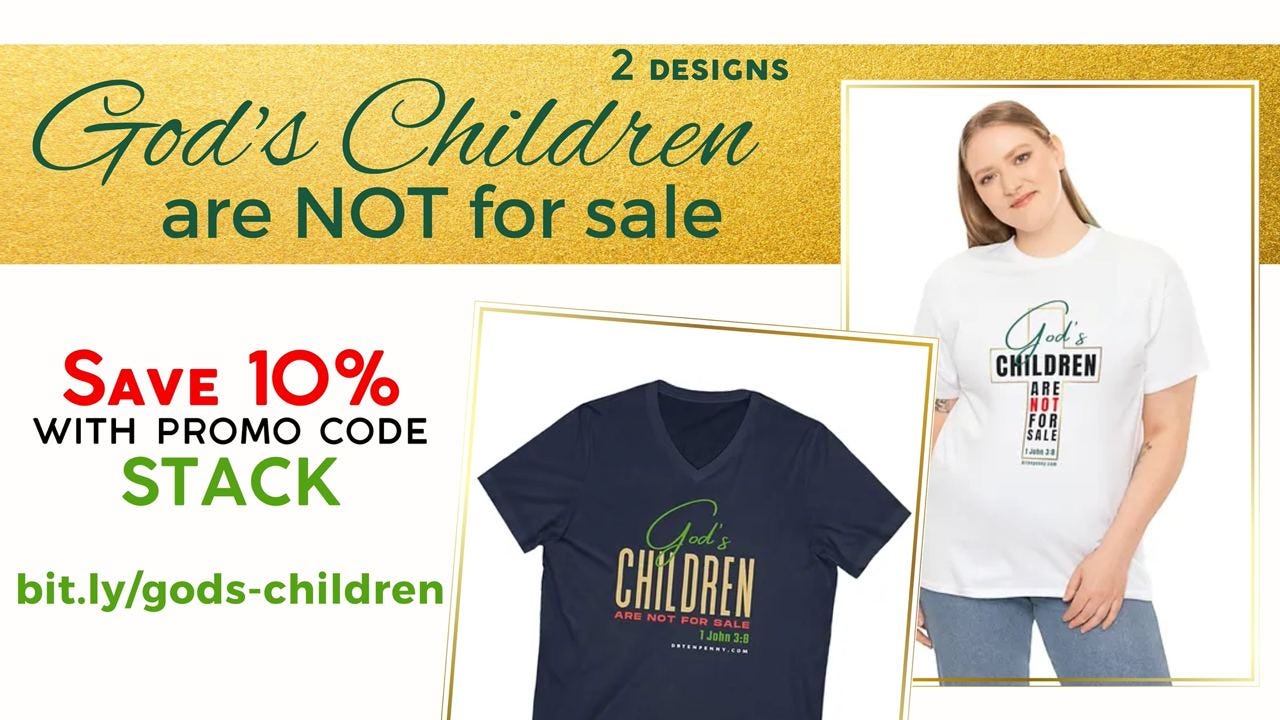The Disgusting Chemicals in Vaccines: polysorbate 80
A Food Chemical That Should Not Be Ingested Or Injected
In case you missed the last to installments to this series, you can find the article about cows here and about chickens here.
Polysorbate 80, also known as Tween™ 80, is made from sorbitol and the plant-based fatty acid, oleic acid. It is found in many products, from beverages to personal care products, especially lotions. It is also a solubilizer. For example, as a solubilizer in mouthwash, it helps dissolve ingredients so that they can more easily blend together. Polysorbate 80 is an emulsifier or defoamer in foods, making them creamy and smooth. It is used in vitamins, medicines, and vaccines to stabilize the ingredients and lengthen the shelf life.
There are at least 9 forms of polysorbate, the most common types are 20, 40, 60, 65, and 80, with the number representing the fatty acid associated with the polyoxy-ethylene sorbitan component of the molecule. The fatty acids are lauric (C14), palmitic (C16), stearic (C18:0), and oleic (C18:1). The lower numbers are more hydrophilic, while higher ones have higher lipophilic properties.
Polysorbate 20 shares the role with polysorbate 80, with both compounds serving as effective emulsifiers for skincare products. The difference is that polysorbate 20 is less common and is generally used to mix lighter liquids, while polysorbate 80 excels in mixing denser liquids. Despite these differences, polysorbate 20 remains a common choice for several manufacturers.
One of the primary concerns people have regarding polysorbate 80 is its toxic contamination from ethylene oxide and the by-product 1,4-dioxane, both are known carcinogens. Chemicals used as ingredients that have been treated with ethylene oxide (ethoxylated) become contaminated with 1,4-dioxane knows to cause cancer in animals and has been classified as a probable human carcinogen. It is 1,4-dioxane that can also trigger of skin allergies from lotions and cosmetics.
In 2008, the Organic Consumers Organization released a fact sheet on 1,4-dioxane, using information from the Campaign for Safe Cosmetics which I was not able to find. The OCO report apparently listed the levels of 1,4-dioxane found in many beauty products and some were 1,000 times higher than those which caused cancer in studies on animals. Instead I found this useful information. Search product labels for ingredients with the following in their names that have been used to de-identify a product that contains 1,4-Dioxane: myreth, oleth, laureth, ceteareth, any other eth, PEG, polyethylene, polyethylene glycol, polyoxyethylene, or oxynol.
Physical concerns
Both polysorbate 20 and 80 have resulted in developmental and reproductive toxicity in animal studies.
Infertility: Neonatal female rats were injected (0.1 ml/rat) with Tween 80 in 1, 5 or 10% aqueous solution on days 4-7 after birth. Treatment with Tween 80 accelerated maturation prolonged the estrus cycle (being in heat), and induced persistent vaginal estrus (being in heat). The relative weight of the uterus and ovaries was decreased relative to the untreated controls. The lining of the uterus and cytological changes in the uterus were indicative of chronic estrogenic stimulation. Ovaries did not have corpora lutea (sign of ovulation) and had degenerative follicles.
REF: Gajdova M, Jakubovsky J, Valky J. Delayed effects of neonatal exposure to Tween 80 on female reproductive organs in rats. Food Chem Toxicol. 1993 Mar;31(3):183-90. PMID: 8473002
Pregnancy-offspring problems: Overall, our findings suggest that maternal polysorbate 80 intake could prenatally program the development of offspring immunity, exerting a significant and long-lasting impact.
REF: Liang, Yiran, et al. Maternal polysorbate 80 exposure causes intestinal ILCs and CD4+ T cell developmental abnormalities in mouse offspring. Environ Pollut. 2023 Aug 16;336:122392
Drug reactions: Polysorbate 80 is used as an excipient in drug formulation. However, polysorbate 80 is not an inert compound and has been implicated in a number of systemic and injection- and infusion-site adverse events (ISAEs).
REF: Schwartaberg, Lee and Navari, Rudolph. Safety of Polysorbate 80 in the Oncology Setting. Adv Ther. 2018 Jun;35(6):754-767.
Drug reactions: The most common immediate hypersensitivity is associated with polyethylene glycol (PEG) 3350; however, thousands of medications contain either PEGs or structurally similar polysorbates. Immediate hypersensitivity to PEG 3350 with cross-reactive polysorbate 80 hypersensitivity may be underrecognized in clinical practice and can be detected with clinical skin testing.
REF: Stone, Crosby, et al. Immediate Hypersensitivity to Polyethylene Glycols and Polysorbates: More Common Than We Have Recognized. J Allergy Clin Immunol Pract. 2019 May-Jun;7(5):1533-1540.e8
Why don’t we stop?
I could list more studies and additional side effects from PS80 and PS20. But how many studies are needed? Isn’t one reference enough??
Vaccines with Polysorbate 80:
Hep B (Heplisav-B)
DTaP (Infanrix, Kinrix), DTaP-IPV (Quadracel), DTap- Hep B-IPV (Pediarix), DTaP- IPV-Hib (Pentacel), DTaP-IPV-HepB-Hib (Vaxellis)
teen/adult DTaP (Boostrix)
Influenza (Agriflu, Fluad, Fluarix, Flucelvax, Flulaval)
Meningitis B (Trumenba)
Hib (TriHibIt)
Gardasil 9, Gardasil 11, Prevnar 13,
Rotavirus (RotaTeq)
Shingles (Shingrix)
Vaccines with Polysorbate 20:
Hepatitis A (Harivax)
Hepatitis A and B (Twinrix)
Influenza quadrivalent (Flublok)
You decide. I suggest you should stop while you still can. Save your kids. Save yourself.
So if you find this this Substack useful or educational, please do help continue engaging effectively in this battle. Thank you for following my substack and Thank you for becoming a ‘paid’ monthly or annual subscriber, if you can afford it. The fight against the health freedom movement, and against me, has become more personal than ever. Your support makes my truth-telling and resistance possible.







Thank you Dr Tenpenny,
I Emailed you 12 years ago when my Son had a reaction to the nasal vaccine. He had renal failure as a result, he is healthier than ever today because of you! Just know that you are making a difference, people are doing their own research and paying close attention to the effects of vaccines.
Thank you for all your research We are not aware of what all these chemicals do to us. It’s a shame what people do for money it’s quite unbelievable.